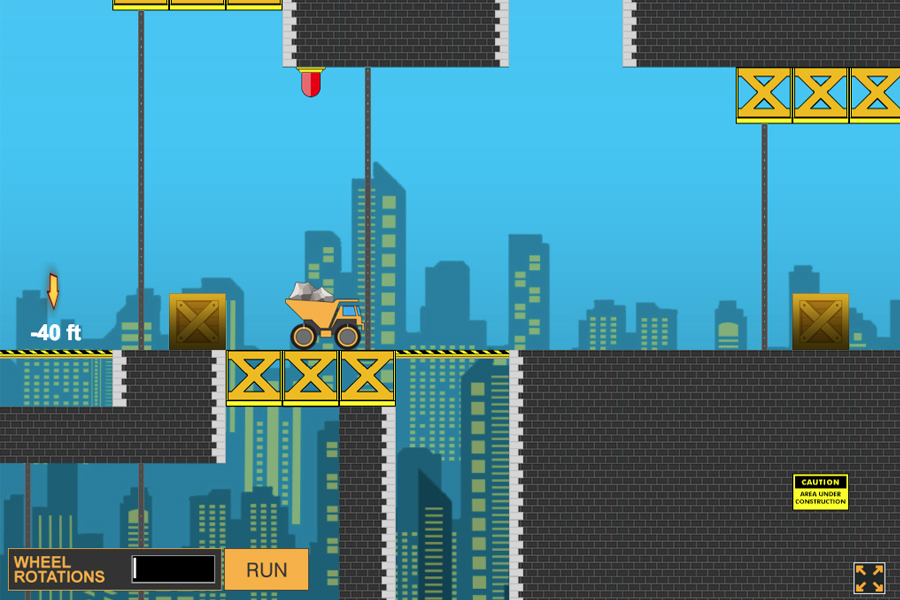
Free Robot Math Game that doesn’t require installation
By Krishna Pandravada
Media Inquiries- Director
Do your kids guess and check their way through robot math problems?
In order to help teachers solve this problem, the Robotics Academy developed the FREE Expedition Atlantis Game. The Expedition Atlantis game has proven to significantly improved kids ability to mathematize their robot programming solutions, but some teachers noted that the game posed several problems in their classrooms:
- The game needs to be installed on school computers and that posed an issue for some teachers.
- The game has been updated multiple times and then requires a teacher to either reinstall the game or apply the updates. Not all teachers have the administrative privileges that enable them to do that.
- The game takes several class periods to complete and not all teachers have that much time to use with their students.
We’ve developed the first level of a new game that has the following characteristics:
- It can be played on any browser
- Updates are applied automatically applied each time and so there is nothing for a teacher to update.
- The game is designed to be played in one class period.
- Robots are programmed to move using math (students don’t need to know how to program)
- Every student gets a different set of distances to calculate each time that they play the game.
- Teachers can set up a group enabling them to monitor how many tries it takes a student to solve the game. (the goal is to move the student away from guessing and checking)
- Students earn a badge that shows that they’ve completed the level.
At this point the game only has the first level, moving straight. We like to develop tools that are driven by teachers’ needs and feedback. We are asking you to complete the first level, it should take less than ten minutes. Directly below you will find the use case that we envision for the game.
USE CASE
You are teaching an introductory robotics unit and want to know what percentage of your students understand how to calculate how far the robot travels.
- Step 1 – Test the game yourself so that you can introduce the game to your students. If you want to be able to see how well your students are doing go to Step 2, if not, go to Step 3.
- Step 2 – Setup a group in CS2N, this enables you to track your students’ progress. You don’t need to do this step, but it is a handy way for you to track who is guessing and who is actually doing the math.
- Step 3 – Introduce the game to your students.
Possible script – Today we are going to play a game that introduces you to how to calculate how far a robot travels.
First question – Does anyone have any idea how that game might work? Allow the students to talk about a couple of scenarios.
Second question – Can anyone explain to the class how they would calculate how far a robot will travel? What would you need to know about the robot? What would you need to tell the robot? OK so let’s try the game out.
- Step 4 – Provide students with the instructions on how to open the game.
- Step 5 – walk around and observe your students’ progress.
Note: some student will complete the game faster than others. For the students that complete the game faster provide them with several abstraction bridge problems to solve. You can find example abstraction bridge problems at the end of this note.